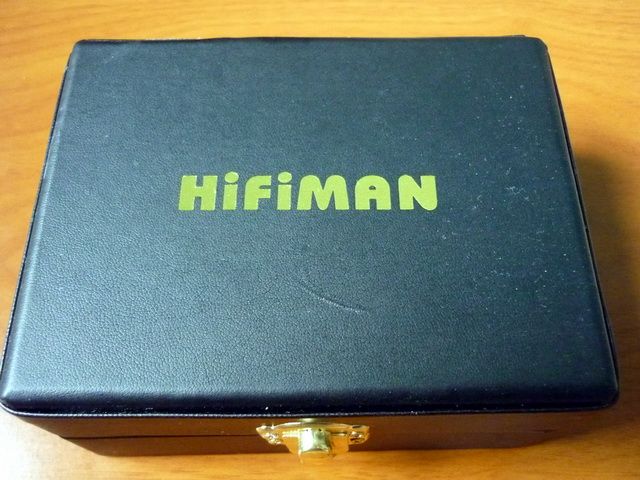
The problem with balanced audio, especially for typical headphone, is on the cable itself as the left and right channels must have separated ground channels (*which isn’t really ground, but the negative signals). Often that means the headphone needs to be recable or at least, reterminated into the balanced audio fashion. The situation only made worst where the few balanced portable amp makers each start to use different plug design of their own. What HifiMan did on their headphone and IEM is to adapt the already common TRRS plus (*the 4 terminals 3.5mm plug on headset for smartphone) and, at least from my point of view, makes much more sense. First, 3.5mm TRRS plug is universal and works on most socket and design. This makes manufacturing and adapting it easy and cheap. Second, using TRRS balanced plug on single-ended signal is relatively easy. It can be done on circuit level or integrated into the cable itself using a module design (i.e. HifiMan RE272). While balanced audio isn’t something most headphone makers will take great interest in, I do hope more will adapt the TRRS design, especially universal and custom IEM maker. However, given how much ‘special’ balanced cables are priced these days, perhaps many manufacturers just don’t really want things to change for the benefit of the customer. Anyway, enough mumbling for now.
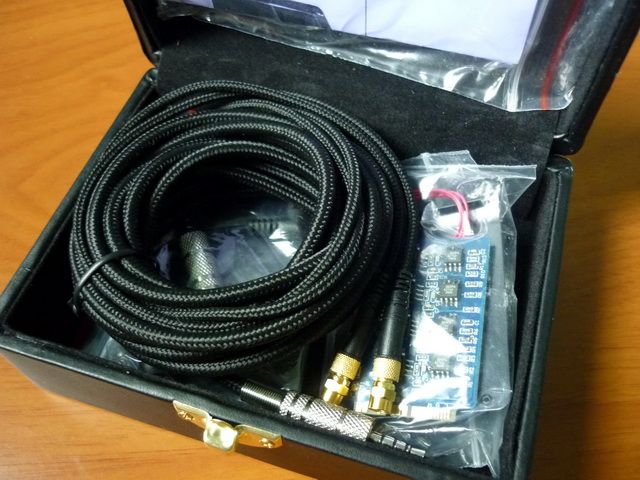
Installation
Replacing the stock amp module with the balanced amp module is quite simple and straight forward. First is of course to turn off the player itself, then unscrew the two screws on the amp bay’s cover and removing the cover, release the two clips on the side that holds the amp module in place and unplug the stock amp module out of the socket. Installing the balanced amp module is pretty much just the reverse, except the balance amp module itself does come with its own back cover with the extra TRRS socket is located. So that goes onto the player instead of the old cover.
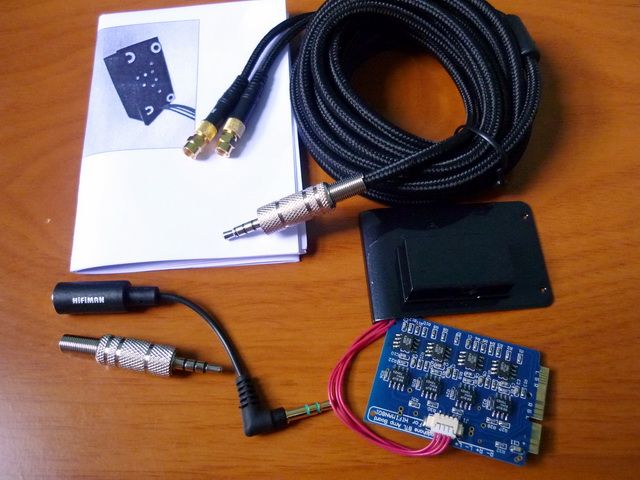
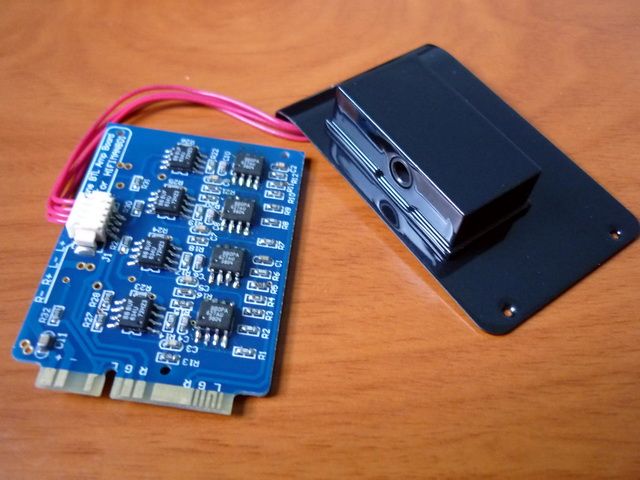
Design and Accessories
As you can see in the picture, the player does get bulkier with the added ‘bump’ on the back. This is necessary as the original 3.5mm socket on the HM801 is the regular TRS type, which is one less pin for balanced audio. So, the TRRS socket must be added and it makes most sense for it to be on the amp bay’s cover. Still, it is a design compromise that user have to live with for the function it provides. The good news is, the original 3.5mm headphone-out will still work normally, minus the balanced signal of course. So basically you will get both single-ended and balanced audio with the balanced amp module.
I do have to point out that, due to the design, there isn’t a lot of room left on the TRRS socket for larger size 3.5mm plug – this is something to look for if you are planning to reterminate your own headphone with a TRRS plug. Be sure not to get a 3.5mm plug that is too big on the handle as it might not fit the TRRS socket. HifiMan does however include a spare TRRS plug for the DIY’er, an balanced headphone cable for the HifiMan’s HE series of full sized headphone as well as a TRRS-to-TRS adapter in the package. Those with the newer RE262 and RE272 will be happy to know that they are all set with the balanced amp module since these IEM already feature the TRRS design in their cable. All they need to do is to use the right extension cable.
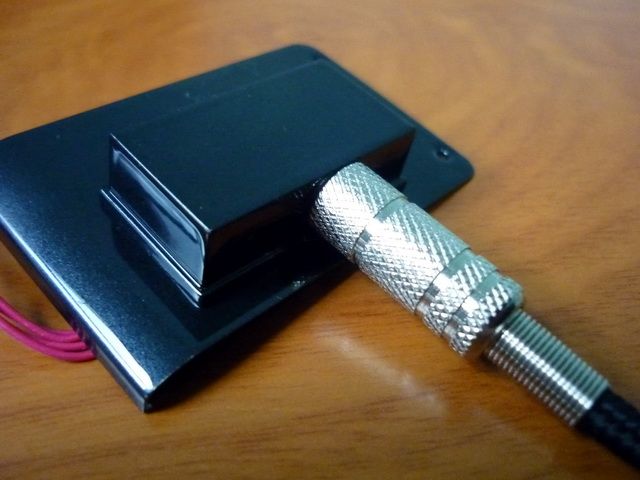
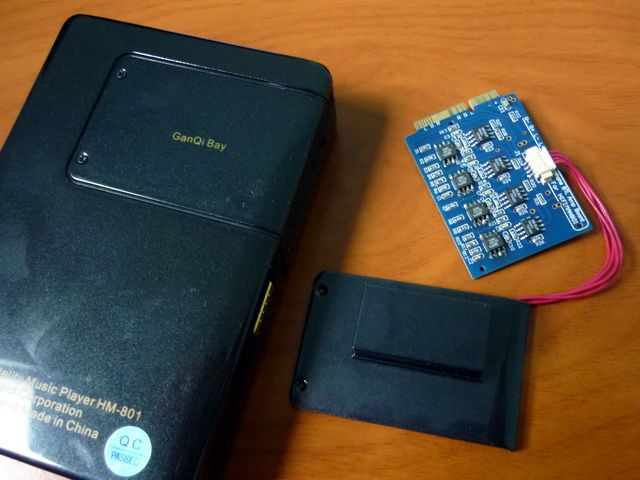
Sound Quality
Balanced audio is originally designed to resist interference in long distance analog transmission where the extra length of the cable acts like antenna and picks up all kind of electronic noise. However, this aspect of the balanced audio is really not that important to headphone since we don’t usually run our headphone cable at a very long distance. So why uses balanced audio in headphone anyway? Well, it is not really for noise rejection. The assumptions are, first, by removing the common ground, crosstalk will improved since the left and right channel’s signal no longer ‘see’ each other and therefore can’t ‘talk’ to each other. Second, since balanced audio uses two identical amp circuits in each channel (but in invented of each other) to share the job of driving the transducer, you are getting twice the performance (*so to speak, in very simplified term) at the expense of two times the cost of parts and power needed in the amp. Of course, it boils down to how well the amp is designed as well and single-ended implementation doesn’t necessary being inferior in comparison - that however is a discussion for another day. For now, let’s focus on the sound of the balanced amp module.
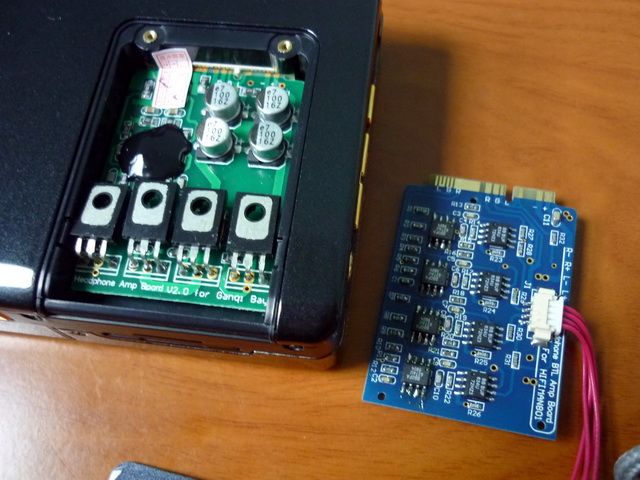
I have made observations on both HifiMan HE300 and RE272 pairing with the balanced amp module on their individual review so I am just going to quote them here:
From HE300's review:
Since I have the balanced amp module with the HM-801 and it has a balanced cable that is designed for the HE series, I take a quick listen to both HE300 under single-end and balanced configuration. HE300, when balanced, sounds richer and fuller in tone, in exchange for a bit of air when compared to single end configuration. The lower end, especially bass note, sounds grander and almost like listening to a closed back version of the HE300.The slight graininess on the upper vocal is all but smoothed out. Unfortunately, it also takes out of some air and closes in the soundstage, which seems to be typical for how balanced amp generally sounds like to me, as far as my experience with balanced amp goes. Overall, the balanced amp module adds some detail to the lower and mid range with the expense on soundstage, so I won’t say the overall improvement is night and day.
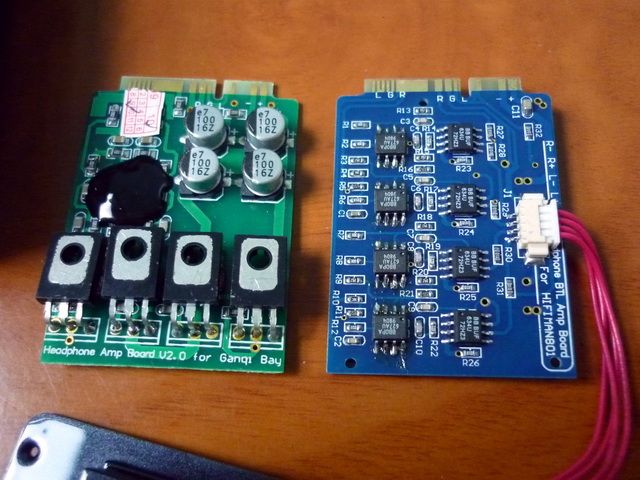
From RE272's review:
When I first plug RE272 into HM801 (with the balanced amp module installed), I know I am listening to a very special IEM. To be fair, I have listened to StepDance for a while now (which Active Balanced Ground provides similar effect as a true balanced setup) and the most IEM don’t seem to take the full advantage of it. Yes, they all sound better with StepDance, but they all sound really good on Meier Audio previous generation Corda 3MOVE as well – and I can’t say Stepdance is taking them to the next level. Well, not till RE272. Both (balanced) HM801 and StepDance do one incredible thing to RE272. They make RE272 sounds effortless, like taking an invisible barrier away from RE272 and expend the dynamic to multi-dimensions. Everything sounds more refined and layered, and most importantly, the slight mid forwardness is gone and the bass begins to show texture and depth. It is analytical but not excessively bright, warm yet remains mostly neutral, extends from one end of the frequency to another end without sounding lacking or overly done in any particular area. It is as close to a perfect equilibrium as I can imagine, if there is such a thing in the IEM world.
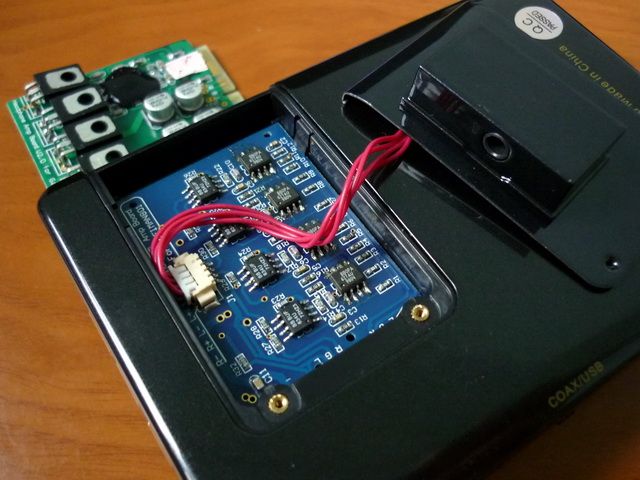
As far as my impression goes, the balanced amp module is on par of StepDance. With typical good portable amps, revelation seems to be the key in presentation where pros and cons of the headphone will be exposed. With balanced amps, or at least the balanced amp module and the semi-balanced StepDance, smooth and effortless are what come into my mind. They are not trying to reveal anything, yet still sound very competent and musical at the same time. That’s something very unique to the balanced audio’s world. It only makes more apparent when comparing the HM801’s single-ended headphone-out with the balanced-out since they are coming from the same amp module. The single-ended headphone-out just doesn’t sound quite as good. In fact, I think I even prefer the stock OPA2107 amp module over the single-ended output from the balanced amp module. As I have said before, implementation is the key here – and perhaps the synergy between the amp module and the headphone as well. With HE300, improvement is there but relatively small. With RE272 however, the transformation couldn’t have been more obvious and enjoyable.
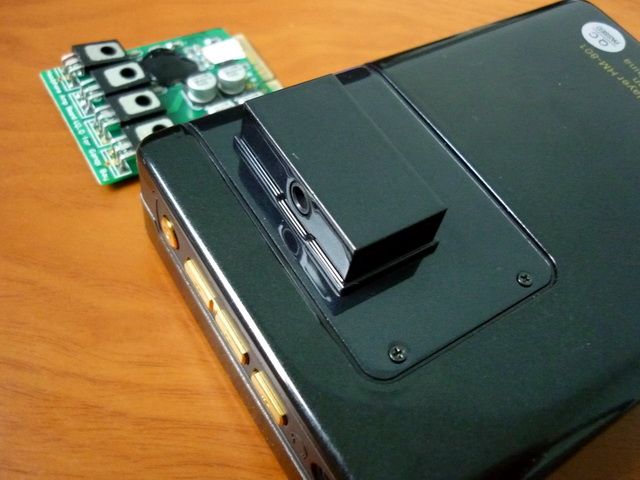
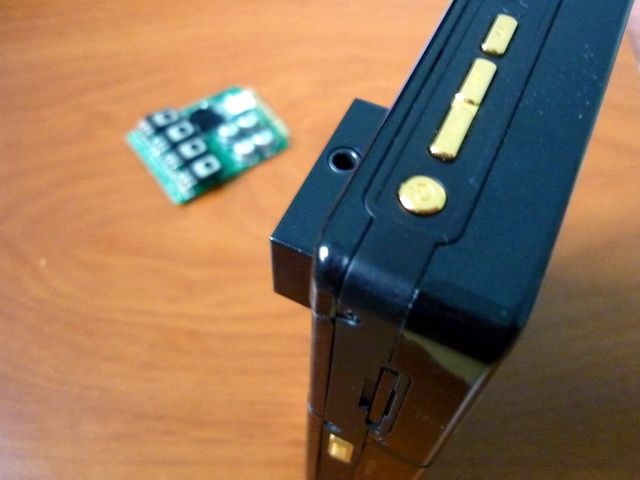
Ending
Bringing balanced audio to a portable music player is an achievement of its own, but it does come with a hefty price tag of $250. Nevertheless, the balanced amp module is still cheaper than most standalone portable balanced amp and definitely a great addon to the HM801. Since you have to own the HM801 in the first place, perhaps ‘best-bang-for-buck’ isn’t really your top priority. The temptation of a great sounding, true balanced portable setup is however, the real attraction of the balanced amp module.
*Thanks to Head-Direct for the Balanced Amp Module sample.





